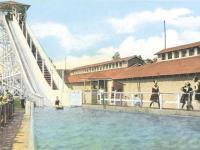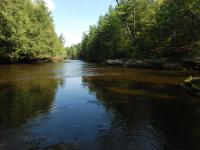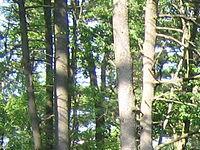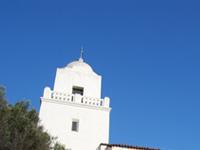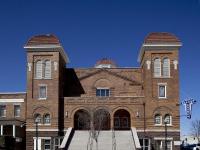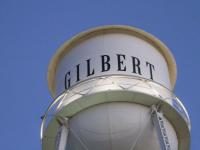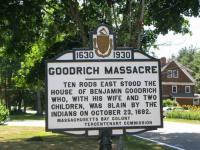“All work and no play?" In this lesson students will learn about and analyze a former amusement park in their town and then use primary sources to learn more about the role that park played in the free time of our working class society.
Welcome to the Landmark Lessons section! The lesson plans here were generated by several teachers who completed the Cultures of Independence workshop in 2015. The workshop - and these lessons - illustrate how local and national history can be taught through a focus on a physical place and primary sources. Criteria for selecting lessons also included the teaching of historiography and, when appropriate, connections to the founding principles of the United States.
Use a lesson from your region, or become inspired to create your own.
Cultures of Independence was made possible in part by a major grant from the National Endowment for the Humanities: Celebrating 50 Years of Excellence

Any views, findings, conclusions, or recommendations expressed in this website or during the institutes, do not necessarily represent those of the National Endowment for the Humanities.
Additional funding was provided by Wells Fargo through HEAD for the Future, its partnership with HSP, and by Independence National Historical Park.
Browse Lesson Plans
|
|
Through the course of this lesson, students will come to see how the people of Wisconsin viewed the Wisconsin River as a significant landmark. |
|
Using the Cathedral of Saints Peter and Paul as a landmark, students will analyze the structure as the primary source for learning about its significance. The lesson will combine writing, art, and historical context. |
In this lesson, students will learn the national historical context that led to the Civilian Conservation Corps (CCC) building improvements to Black Moshannon State Park in Pennsylvania. |
|
This lesson could be included in a unit covering the creation of the Declaration of Independence, the Constitution, or the ideals of either of these documents.Students will be able to understand how local landmarks play an important role in the... |
The Junípero Serra Museum was inaugurated in San Diego in July of 1929 to honor its Spanish and Christian heritage and to inspire and remind San Diegans to value their own history. The museum was founded by local merchant and preservationist... |
|
This lesson explores the meaning and evolution of American freedom through the exploration of the use of Independence Hall as a symbol of the idea of American freedom.
|
Through using a landmark, this lesson tells the story of the Junteenth Holiday, and its importance in Texas and American History. |
|
This lesson is designed to be used in conjunction with the reading of Martin Luther King Junior’s book Why We Can’t Wait as well the reading of his speech “I’ve Been to the Mountaintop.” The main learning objective is to understand how... |
The premise of the project is that the students are creating a historical marker for a town symbol. In this case, a water tower that stands in the downtown area of Gilbert, Arizona, will be examined; however; any iconic symbol could work. |
|
The Napoleon Bonaparte quote that is the title of this lesson highlights its two themes: historiography and multiple histories. In this lesson, students will be examining historiography – the idea that history, as a story told, reflects the... |
The main idea behind this lesson is rooted in historiography: Who gets to write history? |
- ‹ previous
- 3 of 3
